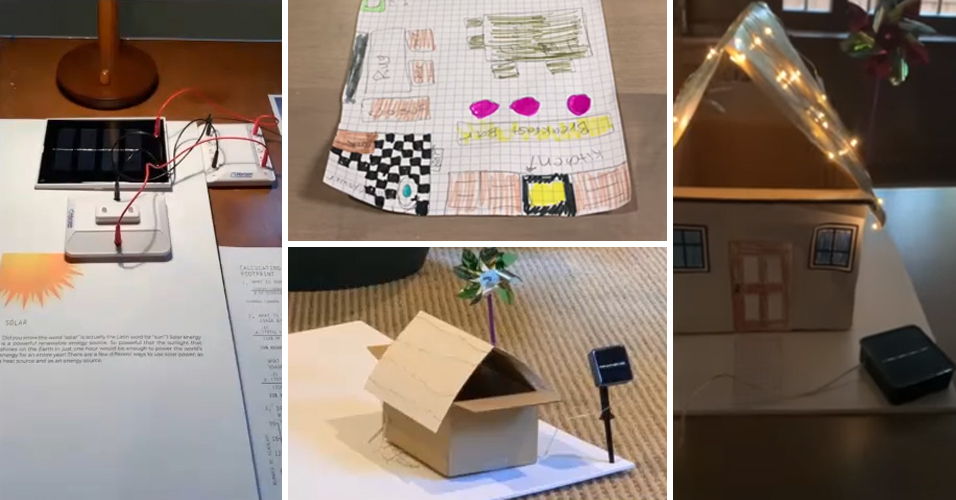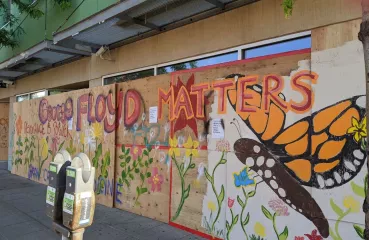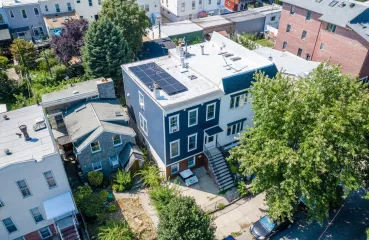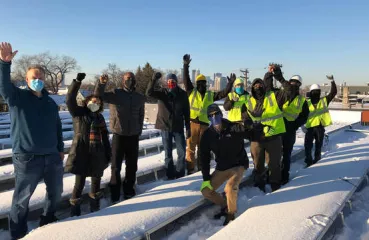The scholars in the Camp SEE program are all part of North Minneapolis’ 21st Century Academy (21CA). 21CA is an after-school program that nurtures academic success, encourages individual expression through the arts, and creates a safe space for students of color to feel loved and empowered. Their work is rooted in the idea of breaking the glass ceiling—alleviating societal and systemic barriers for women and minorities in professional work settings.
 We spoke with Alicia Belton to learn more about how the camp was run in the summer of 2020. Alicia and her team had to get very creative to get Camp SEE up and running during these unprecedented COVID times. In the past, the camp would be held only a few days out of one week in summer, where students would go on excursions and learn about architecture in a hands-on way. Of course with COVID, they couldn’t make the excursions and the group learning work out due to physical restrictions. Even so, Camp SEE persisted. Alicia shared that, “for us, the camp is a passion project,” and with CERTs Seed Grant funding and support from other partners, they did not let the virus stop them. She spoke from the heart when she told us, “This summer, we were making lemons into lemonade!”
We spoke with Alicia Belton to learn more about how the camp was run in the summer of 2020. Alicia and her team had to get very creative to get Camp SEE up and running during these unprecedented COVID times. In the past, the camp would be held only a few days out of one week in summer, where students would go on excursions and learn about architecture in a hands-on way. Of course with COVID, they couldn’t make the excursions and the group learning work out due to physical restrictions. Even so, Camp SEE persisted. Alicia shared that, “for us, the camp is a passion project,” and with CERTs Seed Grant funding and support from other partners, they did not let the virus stop them. She spoke from the heart when she told us, “This summer, we were making lemons into lemonade!”
The staff started working hard on “Energy Kits” which corresponded with different material for different weeks of the program. The kits included curriculum booklets, crafts and projects, information on sustainable design and development, as well as helpful resources that highlighted the work of BIPOC professionals in the field. The students worked on different projects each week, with the information guiding them even closer toward their role as “energy ambassadors” within their own community. Alicia wanted to make sure that the scholars in her program saw ways to make the world a better place, especially through the built environment. Last summer, the focus of the camp was specifically on climate change.
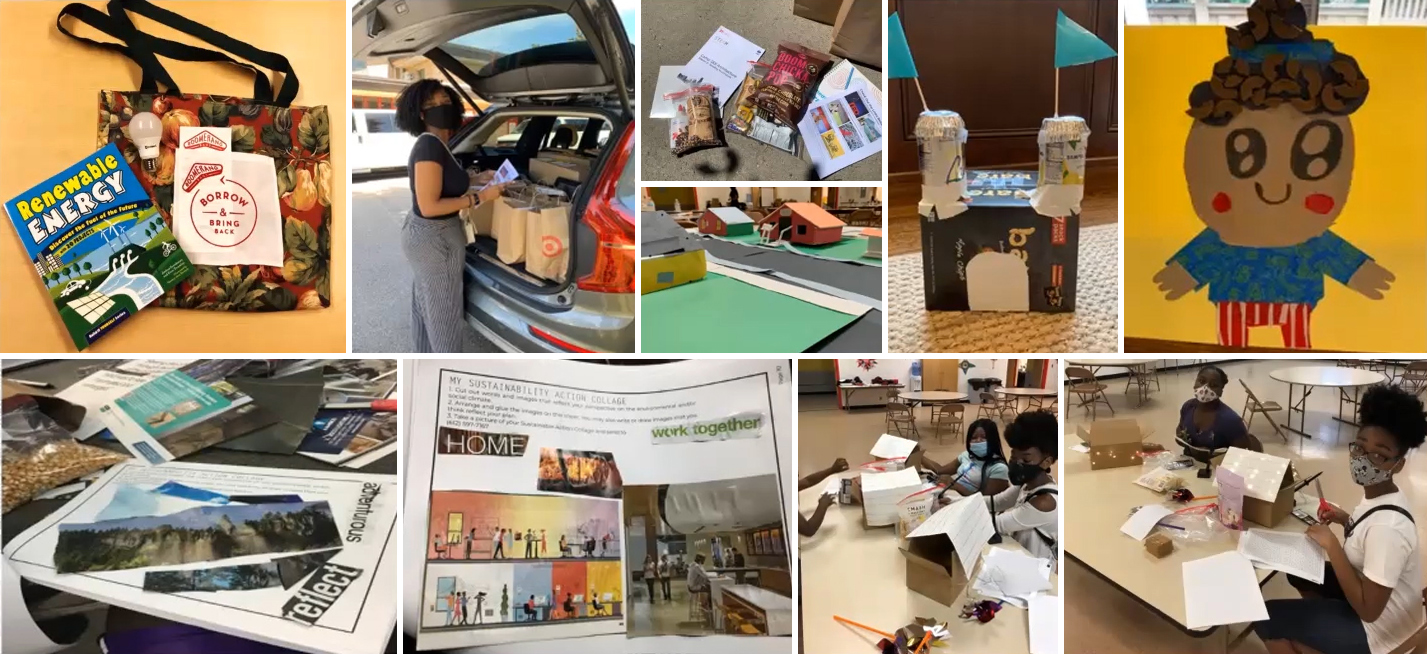
Pictured here: A wide variety of energy kits were used in 2020 to provide hands-on learning experiences.

 We spoke with Alicia Belton to learn more about how the camp was run in the summer of 2020. Alicia and her team had to get very creative to get Camp SEE up and running during these unprecedented COVID times. In the past, the camp would be held only a few days out of one week in summer, where students would go on excursions and learn about architecture in a hands-on way. Of course with COVID, they couldn’t make the excursions and the group learning work out due to physical restrictions. Even so, Camp SEE persisted. Alicia shared that, “for us, the camp is a passion project,” and with
We spoke with Alicia Belton to learn more about how the camp was run in the summer of 2020. Alicia and her team had to get very creative to get Camp SEE up and running during these unprecedented COVID times. In the past, the camp would be held only a few days out of one week in summer, where students would go on excursions and learn about architecture in a hands-on way. Of course with COVID, they couldn’t make the excursions and the group learning work out due to physical restrictions. Even so, Camp SEE persisted. Alicia shared that, “for us, the camp is a passion project,” and with 

